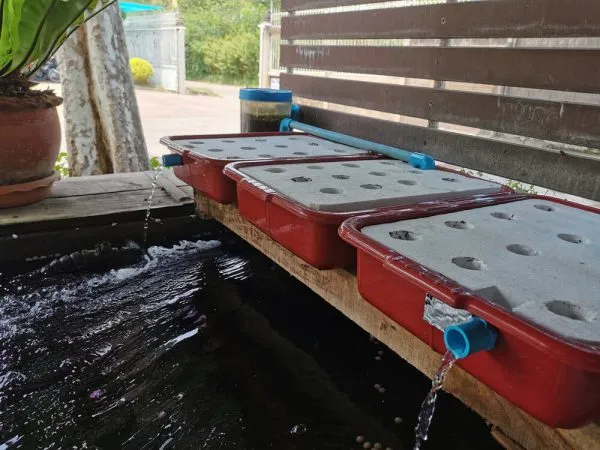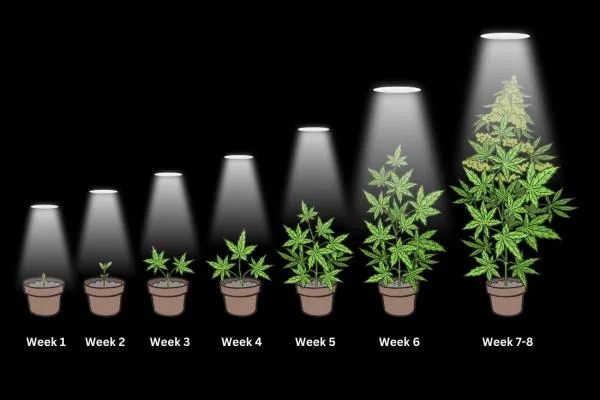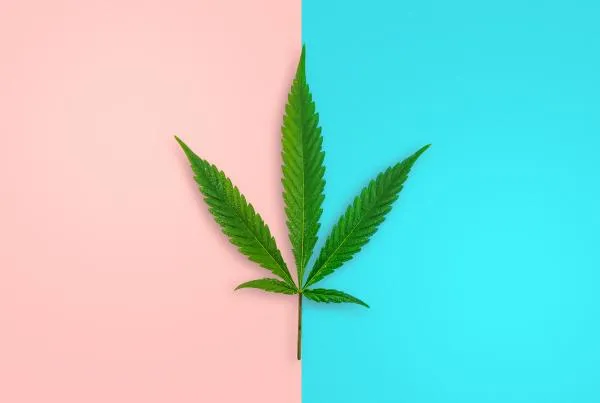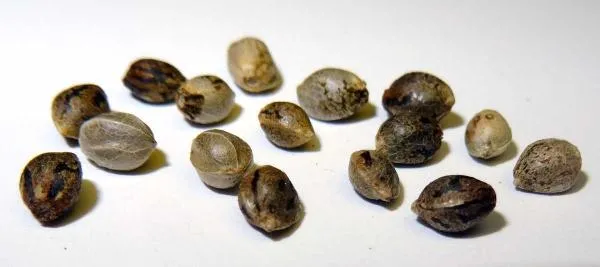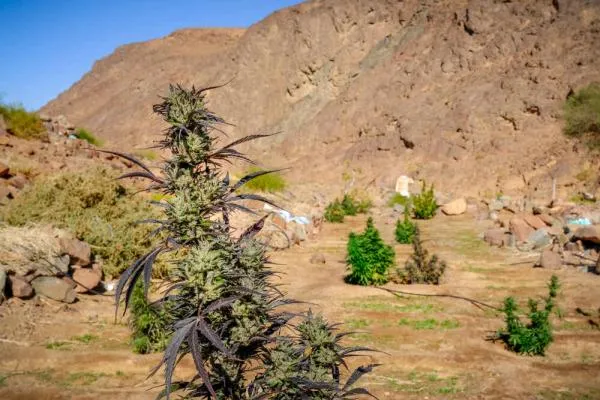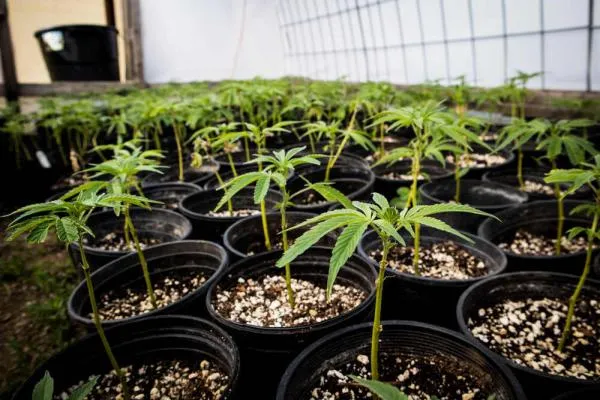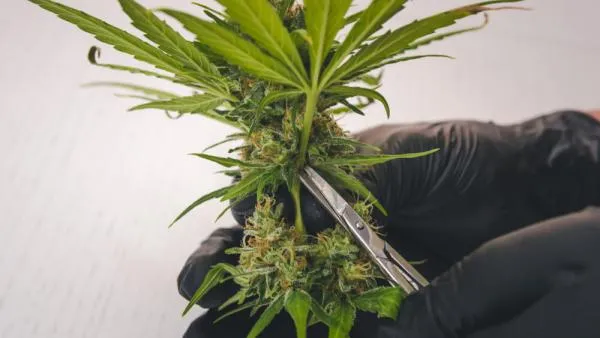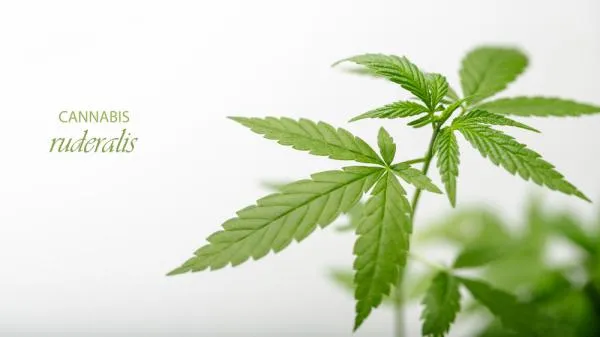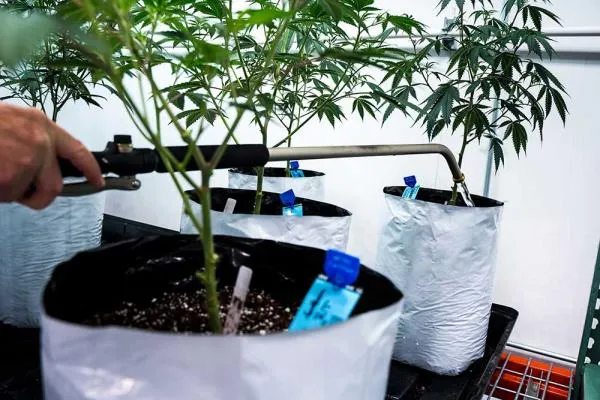Growing cannabis with aquaponics is like combining two of nature’s best systems: aquaculture (raising fish) and hydroponics (growing plants without soil). Not only is it an eco-friendly way to grow, but it’s also a unique and efficient setup that delivers incredible results. In this guide, I’ll walk you through everything you need to know to set up and maintain an aquaponic cannabis garden, even if you’re just starting out.
Understanding aquaponics and its benefits for cannabis cultivation
Aquaponics is a win-win setup where fish and plants thrive together in a closed-loop system. Cannabis plants grow strong and healthy, thanks to the natural nutrients fish provide.
What is aquaponics?
Aquaponics is a gardening system where fish and plants help each other out. The fish produce waste, which gets converted into nutrients for plants. In return, plants filter and clean the water for the fish. It’s like teamwork but for farming! When you grow weed this way, it’s not just about being sustainable—it’s about producing top-tier buds using nature’s own cycle.
Advantages of growing cannabis with aquaponics
Growing cannabis in an aquaponic system has loads of perks:
- Eco-friendly: You’re recycling water and waste instead of dumping it.
- High yield: Plants grow faster because they’re getting constant nutrients.
- Cleaner product: No need for synthetic fertilizers, so your weed is as natural as it gets.
Plus, you’ll have a cool fish tank to show off to your friends.
Comparing aquaponics to traditional soil and hydroponic methods
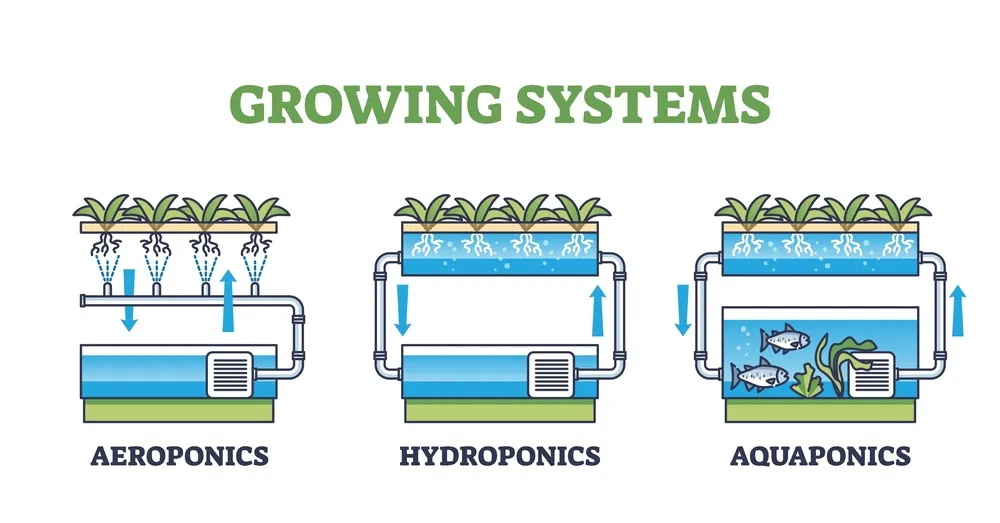
Aquaponics combines the best of both worlds. Compared to soil, aquaponics is cleaner and needs less space. And unlike hydroponics, you don’t have to keep adding nutrients manually because the fish handle that for you. Sure, it’s more effort to set up, but once it’s running, it’s smooth sailing.
Setting up your aquaponic system for cannabis
This is where the magic begins—building the perfect environment for your plants and fish.
Choosing the right fish species for nutrient production
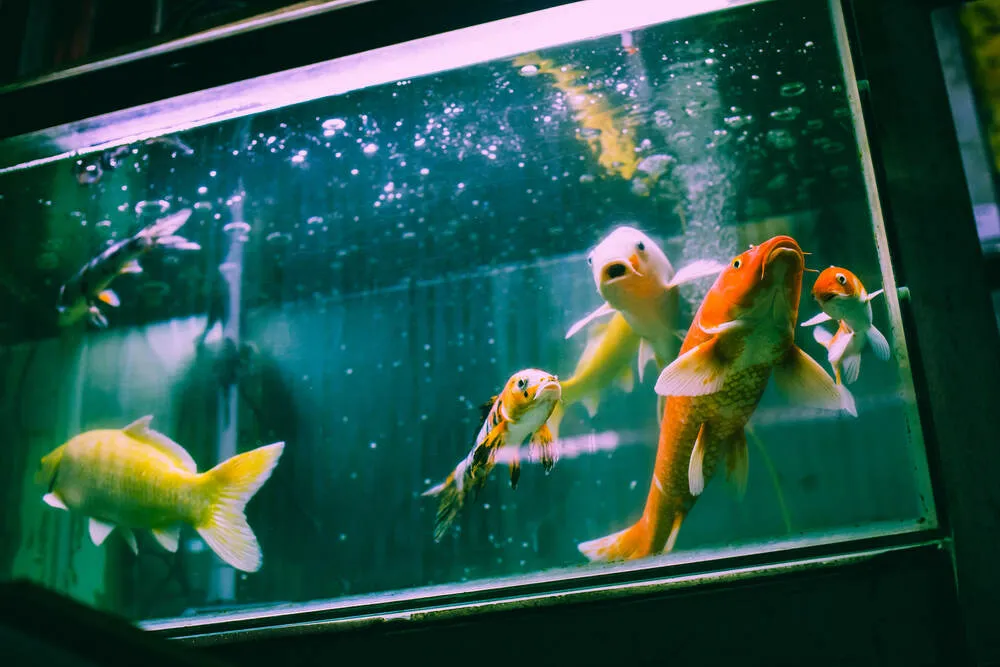
Not all fish are cut out for the job. Go for hardy species like tilapia or koi. They’re low maintenance, thrive in aquaponic systems, and produce plenty of waste to fuel your cannabis plants. Bonus: they’re fun to watch.
Designing the grow bed: media-based vs. deep water culture
You’ve got two main options for your grow bed:
- Media-based beds: These use gravel or clay pellets for plant roots to anchor in.
- Deep Water Culture (DWC): Plants float on rafts with roots directly in the water.
I like media-based setups for beginners because they’re easier to manage and support a variety of plants.
Essential equipment: pumps, filters, and aeration systems
You’ll need a pump to circulate water, a filter to keep things clean, and an aerator to ensure fish and plant roots get oxygen. Without these, your system won’t run smoothly, so don’t skimp here!
Establishing the nitrogen cycle: cycling your system
Before adding cannabis, cycle your system to establish the nitrogen cycle. This converts fish waste into nutrients plants can use. It takes about 4–6 weeks, but trust me, it’s worth the wait for a healthy setup.
Selecting and cultivating cannabis strains in aquaponics
Some strains do better in aquaponic systems than others. Let’s find the right match.
Best cannabis strains for aquaponic systems
Indica strains like Northern Lights or hybrid strains like Blue Dream are great for aquaponics. They’re hardy, forgiving, and thrive in nutrient-rich water. Avoid fussy sativas if you’re new to this.
Germination and seedling care in an aquaponic environment
Start seeds in a rockwool cube or peat pellet until they sprout. Place seedlings in the grow bed once roots are strong. Keep humidity high during this stage to avoid stressing the plants.
Transplanting cannabis into the aquaponic grow bed
Handle your plants gently when moving them to the grow bed. Anchor the roots securely in your media or raft system, ensuring they’re getting water and nutrients.
Managing nutrients and water quality
Aquaponics is all about balance—keeping both your fish and plants happy.
Monitoring pH levels for optimal plant and fish health
Keep the pH between 6.5 and 7.0. This range works for both fish and cannabis. Use a pH meter to check regularly and adjust with natural solutions like lime or vinegar.
Balancing nutrient levels: addressing deficiencies and excesses
If your plants show yellow leaves or stunted growth, your system might lack key nutrients like calcium or iron. Add supplements sparingly—too much can harm the fish.
Maintaining water temperature and dissolved oxygen
Fish and cannabis love stable water temperatures around 70°F (21°C). Use a heater if needed and ensure oxygen levels stay high with a quality aerator.
Daily maintenance and troubleshooting
Feeding Your fish: types of feed and feeding Schedules
Feed your fish high-quality pellets twice a day. Don’t overfeed—it can pollute the water and stress the fish.
Identifying and managing common pests and diseases
While aquaponics reduces pest problems, you might still deal with aphids or spider mites. Use natural pest control methods like neem oil or beneficial insects.
Regular system checks: ensuring optimal performance
Check water flow, pumps, and filters daily. This keeps everything running smoothly and prevents major issues.
Harvesting and post-harvest considerations
Determining the right time to harvest Your cannabis
Look for milky trichomes and reddish pistils. These are your signals that it’s harvest time.
Proper techniques for harvesting in aquaponic systems
Cut plants at the base, trim fan leaves, and hang them upside down to dry. Be gentle—aquaponic-grown buds are delicate.
Drying and curing cannabis grown in aquaponics
Dry your buds in a cool, dark space with 50% humidity. Afterward, cure them in airtight jars for 2–4 weeks to enhance flavor and potency.
FAQs:
What are the best fish species for an aquaponic cannabis system?
Tilapia and koi are the best fish for aquaponics. They’re hardy, low-maintenance, and produce lots of waste that gets converted into nutrients for cannabis plants.
How do I maintain the pH balance suitable for both fish and cannabis plants?
Keep the pH between 6.5 and 7.0. This range supports healthy plant growth and doesn’t harm the fish. Use a pH meter and adjust with natural solutions as needed.
Can I grow cannabis in aquaponics without additional nutrient supplements?
Yes, but sometimes fish waste may not provide enough nutrients like calcium or iron. In those cases, you’ll need to add supplements sparingly.
What are common challenges faced when growing cannabis with aquaponics?
Balancing water pH, preventing nutrient deficiencies, and maintaining stable temperatures can be tricky. Regular checks help address these issues early.
How does the yield of aquaponic cannabis compare to traditional growing methods?
Aquaponic cannabis yields are comparable to hydroponics, often with faster growth and cleaner buds, thanks to natural nutrients and fewer synthetic additives.
